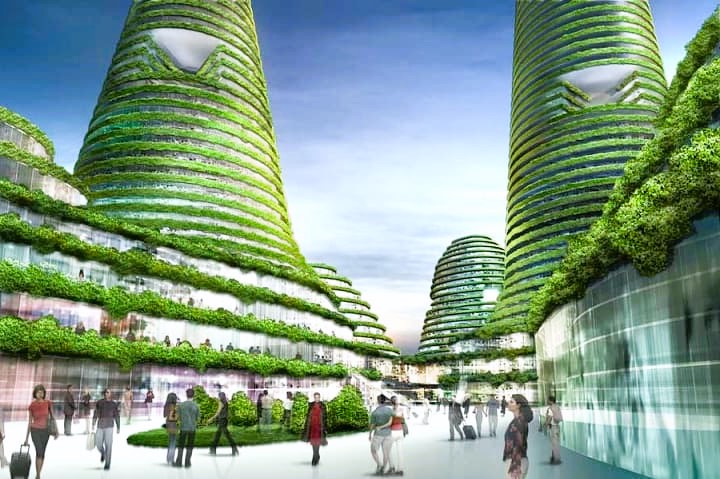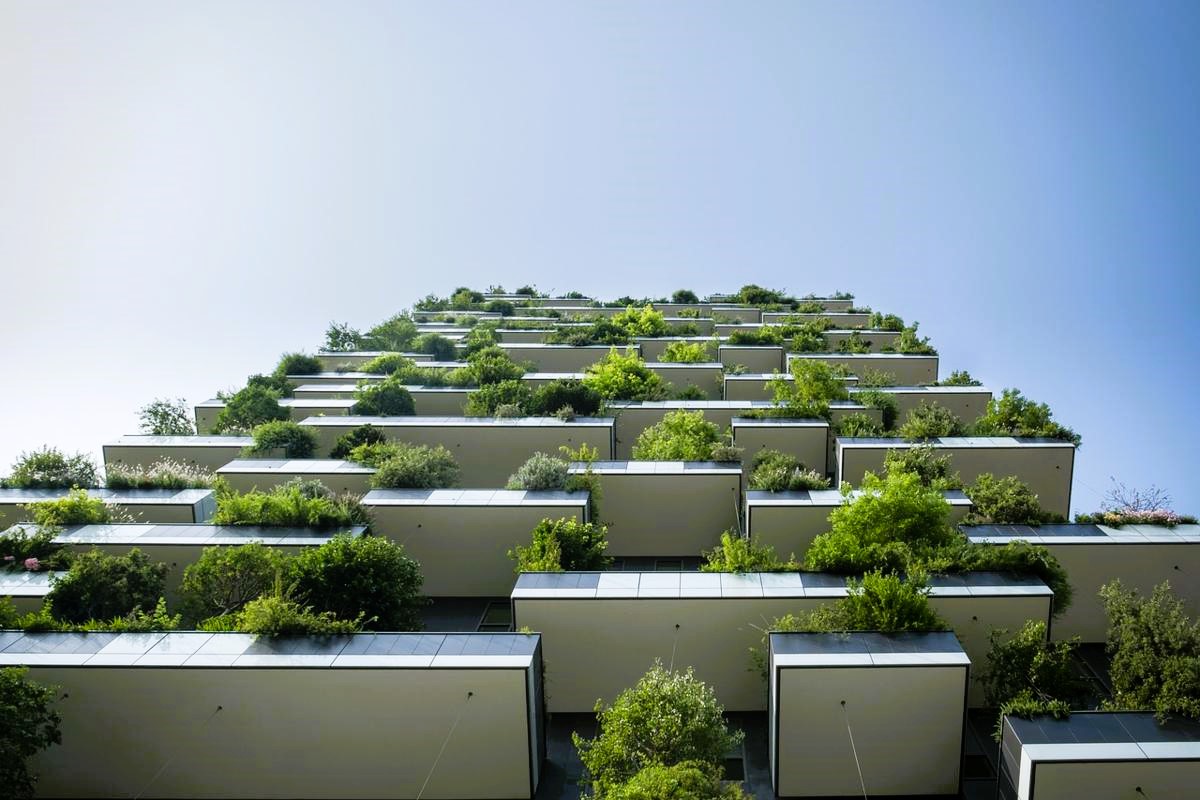As the world continues to face the challenges of climate change, more and more people are recognizing the importance of sustainable living. One of the key areas where sustainable practices can make a big difference is in construction. In Canada, there has been a growing movement towards green construction, as builders, architects, and homeowners alike look for ways to minimize their environmental impact and build a more sustainable future.
Green construction is all about finding ways to build homes, offices, and other buildings that are both environmentally friendly and energy efficient. This can involve a range of different practices, from using sustainable building materials to incorporating energy-efficient systems like solar panels or geothermal heating. The goal is to create buildings that not only have a smaller environmental footprint, but that also provide a healthy and comfortable living environment for occupants.
One of the biggest drivers of green construction in Canada has been government regulations and incentives. Across the country, there are now a range of building codes and standards that promote sustainable construction practices. For example, in some provinces, builders are required to meet minimum energy efficiency standards when constructing new buildings. There are also a number of government grants and tax incentives available to encourage green construction, such as rebates for installing solar panels or other energy-efficient systems.
In addition to government support, there is also growing public awareness and demand for green construction. Many homeowners are now looking for ways to reduce their environmental impact and are willing to pay a premium for sustainable building materials or energy-efficient systems. This has led to a range of innovative new products and technologies, from recycled building materials to smart home automation systems that help homeowners monitor and reduce their energy use. Don’t forget to also read the article on Window Energy Ratings.

One of the key benefits of green construction is its ability to reduce energy consumption and greenhouse gas emissions. Buildings are responsible for a significant portion of Canada’s carbon footprint, and improving their energy efficiency can have a major impact on reducing emissions. In addition, green construction can also help to reduce the use of non-renewable resources, such as by using recycled materials or by building homes that can be easily disassembled and reused.
However, green construction is not without its challenges. One of the biggest hurdles is the cost, as sustainable building materials and energy-efficient systems can often be more expensive than traditional alternatives. There is also a shortage of skilled workers and specialized tradespeople who are familiar with green construction practices, which can make it difficult for builders to implement sustainable techniques.
Despite these challenges, green construction is continuing to grow in popularity in Canada. As more and more people become aware of the benefits of sustainable living, there is a growing demand for homes and buildings that reflect these values. With the right support and incentives, green construction has the potential to transform the way we build and live, creating a more sustainable future for generations to come.

